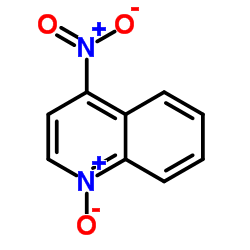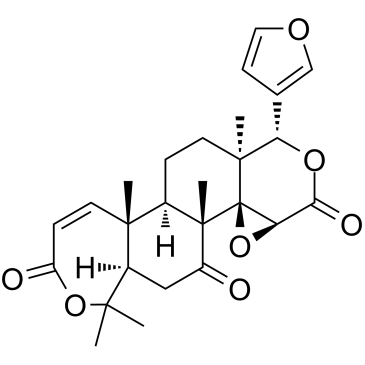| Structure | Name/CAS No. | Articles |
|---|---|---|
 |
4-Nitroquinoline 1-oxide
CAS:56-57-5 |
|
 |
Obacunone
CAS:751-03-1 |